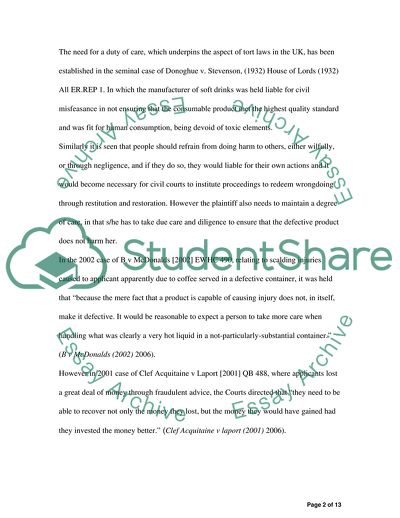Cite this document
(Role of Law of Tort in Business Activities Assessing Particular Forms Case Study, n.d.)
Role of Law of Tort in Business Activities Assessing Particular Forms Case Study. Retrieved from https://studentshare.org/law/1723865-common-law-tort
Role of Law of Tort in Business Activities Assessing Particular Forms Case Study. Retrieved from https://studentshare.org/law/1723865-common-law-tort
(Role of Law of Tort in Business Activities Assessing Particular Forms Case Study)
Role of Law of Tort in Business Activities Assessing Particular Forms Case Study. https://studentshare.org/law/1723865-common-law-tort.
Role of Law of Tort in Business Activities Assessing Particular Forms Case Study. https://studentshare.org/law/1723865-common-law-tort.
“Role of Law of Tort in Business Activities Assessing Particular Forms Case Study”. https://studentshare.org/law/1723865-common-law-tort.


